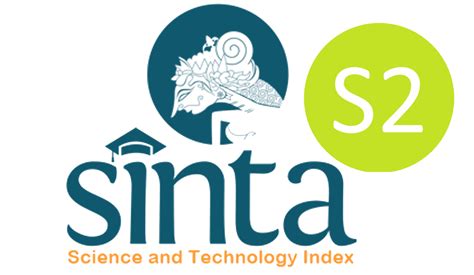Jurnal Pendidikan Geografi: Kajian, Teori, dan Praktek dalam Bidang Pendidikan dan Ilmu Geografi
Abstract
Mining and burning of coal release various toxic substances that can contaminate both surface and groundwater, thereby posing significant risks to human health, especially for households located near mines, coal deposits, or coal-fired power stations. This research examines the environmental effects of coal mining in the Harnoi Region of Abbottabad, Khyber Pakhtunkhwa, Pakistan. Four mining sites were randomly selected within the study area, and eight coal samples were collected and analyzed using atomic absorption spectrophotometry to determine the concentrations of trace and heavy metals. The findings indicate that Harnoi coal contains elevated concentrations of arsenic, zinc, lead, cadmium, nickel, cobalt, chromium, copper, and silver compared to coal from the nearby Cherat area as well as worldwide average coal values. The data also reveal that certain elements show notably high concentrations in specific mines, highlighting spatial differences in contamination levels across sites. Overall, Harnoi coal exhibits lower average concentrations of arsenic, copper, and silver but significantly higher concentrations of zinc, nickel, cobalt, chromium, lead, and cadmium than the comparison coals. These results underscore the potential ecological and public health risks associated with coal mining in the area and emphasize the need for effective monitoring, control measures, and increased environmental awareness to mitigate adverse impacts.
First Page
257
Last Page
269
Recommended Citation
Sajid, Muhammad; Khan, Shaukat; Kashif, Muhammad; Khan, Khan Amir; and Junaid, Muhammad
(2025)
"Toxicological and environmental assessment of trace and heavy metals in Harnoi coal deposits, Abbottabad, Khyber Pakhtunkhwa, Pakistan,"
Jurnal Pendidikan Geografi: Kajian, Teori, dan Praktek dalam Bidang Pendidikan dan Ilmu Geografi: Vol. 30:
No.
2, Article 6.
DOI: https://doi.org/10.17977/2527-628X.1253
Available at:
https://citeus.um.ac.id/jpg/vol30/iss2/6
Included in
Geographic Information Sciences Commons, Human Geography Commons, Other Education Commons, Other Geography Commons, Physical and Environmental Geography Commons, Spatial Science Commons




